Intro
Boost iron levels with a tailored High Iron Diet Plan, incorporating iron-rich foods, vitamin C, and avoiding inhibitors for optimal absorption and health benefits.
Iron is an essential nutrient that plays a critical role in various bodily functions, including the production of red blood cells, which carry oxygen throughout the body. A diet rich in iron can help prevent iron deficiency and anemia, conditions that can lead to fatigue, weakness, and shortness of breath. In this article, we will explore the importance of iron in our diet, the benefits of a high iron diet plan, and provide practical tips on how to incorporate iron-rich foods into your daily meals.
Iron deficiency is a common nutritional disorder that affects millions of people worldwide. It can be caused by a variety of factors, including a poor diet, increased demand for iron during pregnancy or growth spurts, and chronic blood loss due to menstruation, ulcers, or cancer. A high iron diet plan can help alleviate iron deficiency symptoms and improve overall health. Iron-rich foods can be divided into two categories: heme iron sources, which are found in animal products, and non-heme iron sources, which are found in plant-based foods.
Benefits of a High Iron Diet Plan
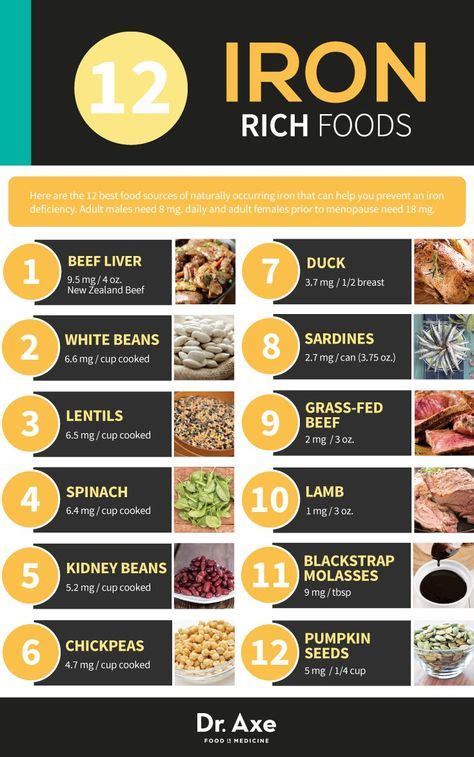
Iron-Rich Foods
Iron-rich foods can be incorporated into your diet in a variety of ways. Heme iron sources, such as red meat, poultry, fish, and eggs, are rich in iron and can be easily absorbed by the body. Non-heme iron sources, such as beans, lentils, tofu, and dark leafy greens, are also rich in iron but require vitamin C to enhance absorption. Some of the richest iron sources include: * Clams * Oysters * Beef liver * Spinach * Pumpkin seeds * Quinoa * Dark chocolateHow to Incorporate Iron-Rich Foods into Your Diet
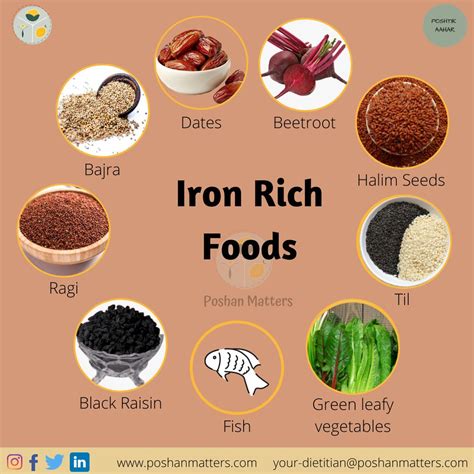
Iron Supplements
While a high iron diet plan is the best way to ensure adequate iron intake, iron supplements can be helpful for individuals who are unable to get enough iron from their diet. Iron supplements come in various forms, including ferrous sulfate, ferrous gluconate, and ferric citrate. However, it's essential to consult with a healthcare professional before taking any supplements, as excessive iron intake can be toxic.Iron Deficiency and Anemia
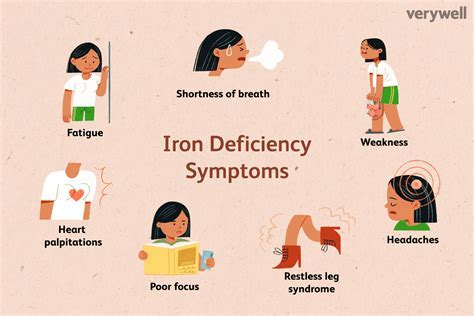
Treatment and Prevention
Treatment for iron deficiency and anemia typically involves iron supplements and dietary changes. In severe cases, blood transfusions may be necessary. Prevention is key, and a high iron diet plan can help reduce the risk of iron deficiency and anemia. Additionally, individuals who are at risk of iron deficiency, such as pregnant women and individuals with chronic blood loss, should consult with a healthcare professional to determine the best course of treatment.High Iron Diet Plan for Specific Groups
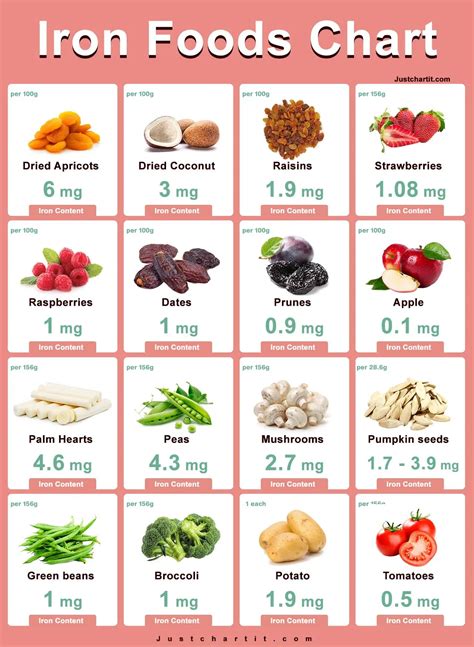
Meal Planning and Recipes
Meal planning and recipes can help make a high iron diet plan easy and delicious. Here are some tips and ideas: * Plan meals around iron-rich foods, such as red meat, poultry, and fish * Use iron-rich ingredients, such as spinach, beans, and lentils, in soups, stews, and salads * Try new recipes, such as iron-rich stir-fries and curries * Experiment with different seasonings and spices to add flavor to iron-rich mealsConclusion and Final Thoughts
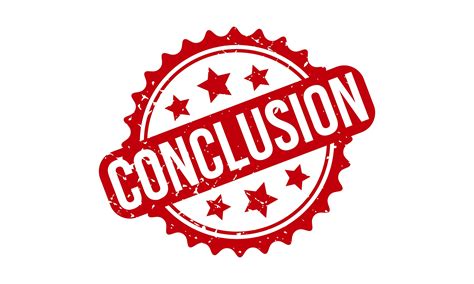
We invite you to share your thoughts and experiences with iron-rich foods and high iron diet plans in the comments below. Have you noticed an improvement in your energy levels or overall health since incorporating more iron-rich foods into your diet? Do you have any favorite recipes or meal planning tips to share? Let's discuss and learn from each other.
What are the symptoms of iron deficiency?
+Iron deficiency symptoms include fatigue, weakness, shortness of breath, pale skin, headaches, dizziness, and cold hands and feet.
How can I increase my iron intake?
+You can increase your iron intake by eating iron-rich foods, such as red meat, poultry, fish, beans, lentils, and dark leafy greens, and taking iron supplements if necessary.
Can I get enough iron from plant-based sources?
+Yes, you can get enough iron from plant-based sources, such as beans, lentils, tofu, and dark leafy greens, but it's essential to consume vitamin C-rich foods, such as citrus fruits and bell peppers, to enhance iron absorption.
How often should I eat iron-rich foods?
+You should aim to eat iron-rich foods at least 2-3 times a week, and vary your diet to ensure you're getting enough iron from different sources.
Can I take iron supplements if I'm pregnant or breastfeeding?
+Yes, iron supplements are often recommended for pregnant and breastfeeding women to support fetal growth and development, but it's essential to consult with a healthcare professional before taking any supplements.
